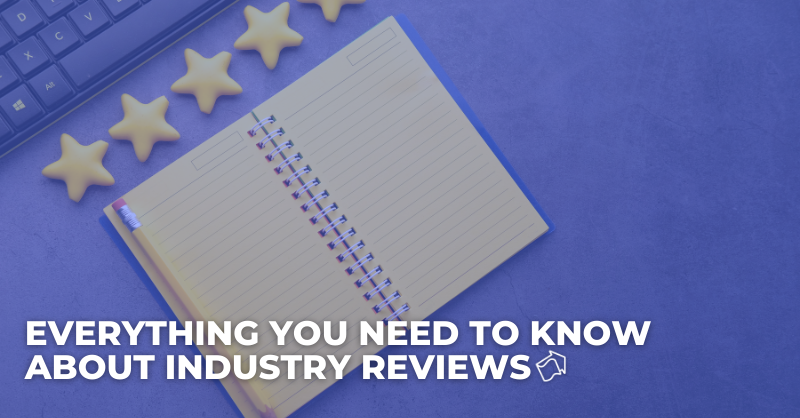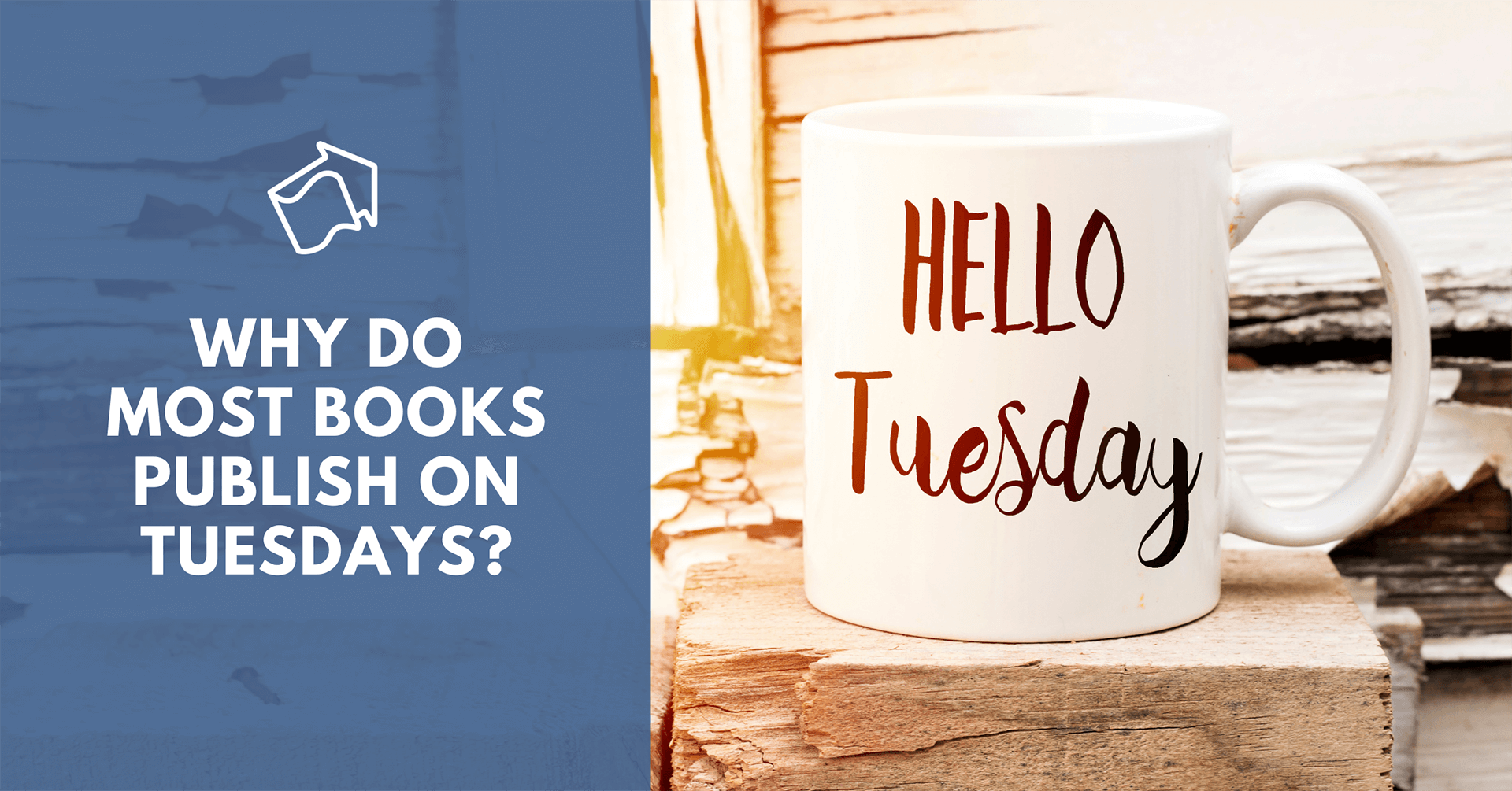Great authors are great readers, and as a reader, there are several sources you might turn to in order to discover new books: trusted newspapers like The New York Times, book bloggers, social media hubs like Goodreads and Instagram, or your local bookstore or library.
But have you ever wondered how booksellers and librarians find out about upcoming book releases, or how publishing professionals keep up to date with emerging authors and industry trends?
Typically, these industry leaders and tastemakers will turn to trade publications such as Publishers Weekly, Kirkus, and Library Journal for book news and reviews. If you’re unfamiliar with the ins and outs of these esteemed publications, then you’re in the right place! This article will explore how you can get a book review in a trade publication, thereby connecting you with booksellers, librarians, and other bookish professionals across the country.
What is an “industry review”?
An industry review is a term for a book review that is featured in a trade publication reaching publishing professionals, booksellers, and/or librarians directly. Here are some of the most common trade publications:
As an author, why do I want an industry review?
First and foremost, a positive review with a longstanding, reputable industry publication will help lend your book credibility. These reviews hold a lot of weight to those in the industry, and a starred review or favorable blurb can go a long way.
It will also help get your book in front of booksellers and librarians – and since both groups have major purchasing power, it’s not a bad idea to get on their radar.
How can I get an industry review?
Most trade publications require a formal submission, which includes sending copies of a book at least 4-6 months in advance of publication day. Often, your publisher or publicist will handle the submission process for you, using an ARC. (Not sure what an ARC is? Learn more here).
Not every submission will lead to a review, but if a book is accepted, the review will typically be published in advance of release day.
I’m an indie author. Can I still submit my book for an industry review?
The short answer is yes! Indie authors often face a lot of hurdles getting their books in front of literary tastemakers like bookstore owners and librarians, and industry reviews can be a great way to help bridge the gap.
Indie authors often have two options when it comes time to submit for a review: a free option and a paid option.
Traditional submissions, while free, are not guaranteed to return a review. And they are typically much stricter as far as the timeline is concerned. If you or your publisher won’t have access to ARCs 4 to 6 months in advance of pub day, then you may not be eligible for a free review submission.
In order to provide more flexibility for indie authors and small publishers, many industry publications have a paid model for submissions that allows you to submit for a review on your own timeline. For a fee, you are guaranteed to receive an unbiased review, typically within 4-8 weeks of your submission.
One question I get a lot from authors is whether paid reviews are taken seriously. Because paid review services do not guarantee a positive outcome, they are seen as legitimate by book industry members as long as they come from a reputable source like Kirkus, Foreword or Publishers Weekly.
Which publications have paid review options?
While there are countless paid book review opportunities out there, only a handful hold genuine credibility and name-recognition within the industry. We typically recommend paid reviews with these trusted publications:
Although it’s not necessary, you can certainly submit for paid reviews with multiple publications if your budget allows.
And if you’re unsure about a certain paid opportunity that you’ve found, do some research before rolling the dice. Look up the publications’ social media accounts and see what their follower counts and engagement rate are. Check out some sample book reviews on their website, and don’t be afraid to ask for testimonials from past customers. If things seem at all suspect, definitely hold off. And, if the offer seems too good to be true, it probably is.
I’ve got my review back – what do I do now?
Hooray! The hard part (waiting) is over. You should now scan your review for any potential blurbs that you might want to use in promotional materials.
Once you’ve found your money quote, you can make the most of it by:
- Getting it printed on the final version of your book. Your publisher might want to add this to your front or back cover, or an inside praise page, if your timeline allows for it.
- Adding it to the Editorial Reviews section of your Amazon listing.
- Sharing it on social media, and adding it to social media banners.
- Adding it to your website.
- Including it on printed promo materials such as a press release, bookmarks, or postcards.
While industry reviews are invaluable for their ability to connect your book directly with industry insiders before your publication date, they also have many long-term benefits. Positive blurbs from these reviews can be used in promotional materials for years to come!

Jackie Karneth is a publicist with Books Forward is an author publicity and book marketing firm committed to promoting voices from a diverse variety of communities. From book reviews and author events, to social media and digital marketing, we help authors find success and connect with readers.
Interested in what’s possible for your book sales and building readership? Check out our services, tell us your goals, and get a customized publicity campaign tailored just for you.










